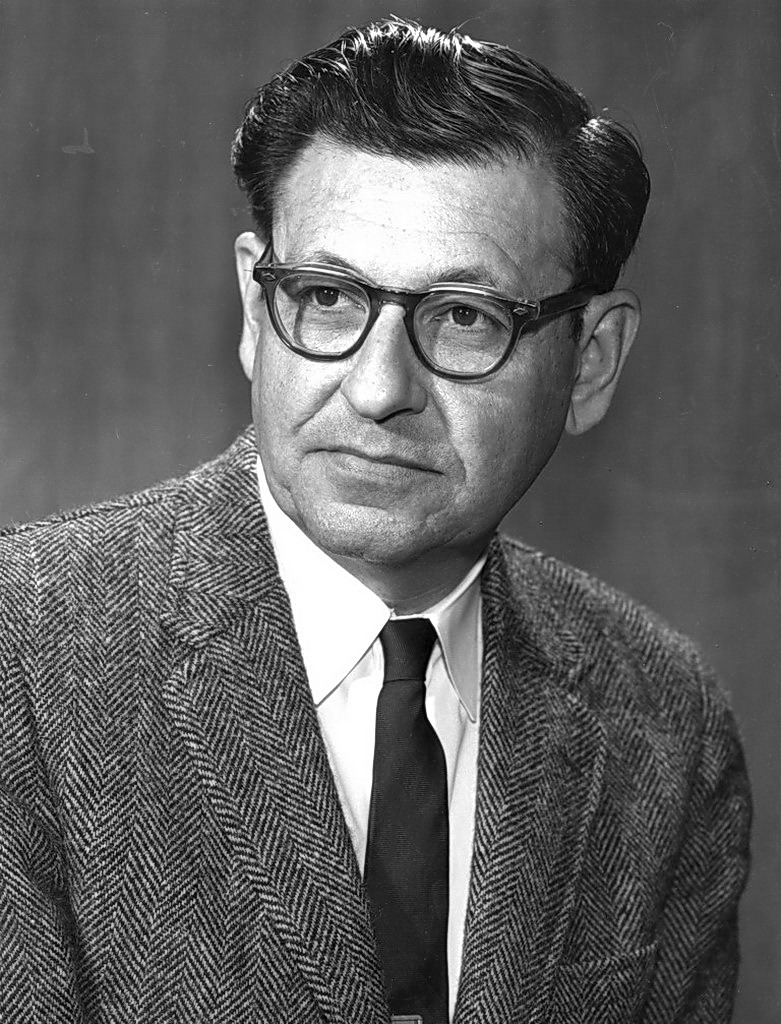Albert Ghiorso (1915-2010) was an American nuclear scientist who co-discovered a world-record twelve elements on the periodic table.
After receiving a B.S. in electrical engineering, Ghiorso worked for a small business called Cyclotron Specialties Co. that supplied radiation detectors to the government. There he built the first commercial Geiger counter and attracted nuclear scientist Glenn Seaborg’s attention. When America entered the war in 1941, Ghiorso decided to join the Navy and asked Seaborg for a reference. Seaborg instead invited him to accept a position at the Metallurgical Laboratory in Chicago, where he would work on the Manhattan Project.
At the Met Lab, Ghiorso developed instruments for detecting radiation associated with nuclear decay and spontaneous fission. This led to his and Seaborg’s 1944 discovery of two new elements: 95 (americium) and 96 (curium) by irradiating plutonium.
Later Years
After the war, Ghiorso returned to Berkeley Lab, where he developed new detectors to isolate and characterize elements. Using the 60-inch Crocker cyclotron, he and Seaborg were able to produce elements of increasing atomic number through helium bombardment. Between 1945 and 1955, he co-discovered elements 97-101 (berkelium, californium, einsteinium, fermium, and mendelevium). Using radiation measurements, he also proved that the Soviets did in fact conduct their first nuclear test on August 29, 1949.
Ghiorso is credited with inventing the recoil technique that isolates reaction products from individual atoms, helping to distinguish the creation of new elements. This invention contributed to Ghiorso’s endeavor in the 1950s to design and build Berkeley’s Heavy Ion Acceleration (HILAC), which was used to discover five more elements (nobelium, lawrencium, rutherfordium, dubnium, and seaborgium) between 1958-1974.
Ghiorso died on December 26, 2010 in Berkeley, California.





